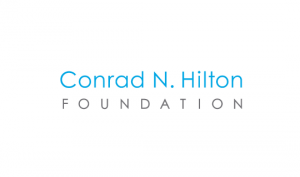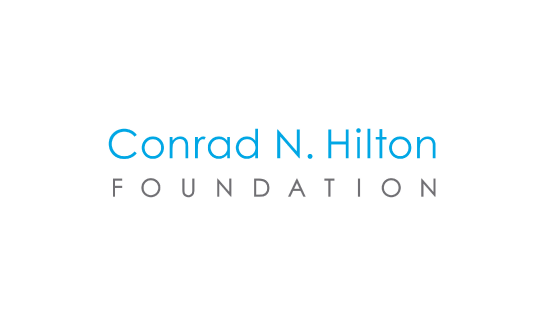 Crossover youth, as young adults with dual involvement in foster care and juvenile justice systems are called, face a variety of challenges when entering adulthood, and they carry a high public cost. That is according to the first-ever study of youth in foster care and on probation in Los Angeles County.
Crossover youth, as young adults with dual involvement in foster care and juvenile justice systems are called, face a variety of challenges when entering adulthood, and they carry a high public cost. That is according to the first-ever study of youth in foster care and on probation in Los Angeles County.
Although it’s widely known that crossover youth are worse off than other youth, this study — Young Adult Outcomes of Youth Exiting Dependent or Delinquent Care in Los Angeles County, which was funded by the Conrad N. Hilton Foundation — shows that crossover youth experience negative outcomes at twice the rate.
“We didn’t realize crossover youth would have such striking distance,” Dennis Culhane, a professor at the University of Pennsylvania and one of the study’s six authors, told Youth Today. “We knew it would find they’d be troubled, but didn't expect this difference of degree to show up.”
Currently, according to examined data from 2002 to 2009, crossover youth cost about three times more public service dollars than youth who are only in foster care. The largest share of this money is criminal justice costs: a quarter of former foster youth and two-thirds of crossover youth have a jail stay in early adulthood.
Poverty is another concern for this population. One-third of former foster youth and one-half of crossover youth experienced a period of extreme poverty during their young adult years with extremely low earnings. Crossover youth were 1.5 times more likely to receive welfare, and 50 percent less likely to be consistently employed.
The study released last week does, however, suggest that if youth are given more opportunities to improve their futures, they will require fewer resources and will cost the public less money.
“This study provides compelling evidence that these young adults, especially the crossover youth, should be targeted with housing support, education, employment services and mentoring, if the county and the state are to avoid a lifetime of public dependence by this highly vulnerable population," Culhane said in a press release. "The good news is that this is a population that can be easily targeted with assistance."
Better education and mental health treatment are two ways evidence suggests that crossover youth can achieve a better overall performance.
The findings of this study will be used to craft a strategy for working with crossover youth and to seek approval for an upcoming project in Los Angeles County. The area an ideal place for pilot strategies because of a recently passed state law extending foster care until 21 and because the county has an integrated data system for all of its departments.
